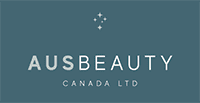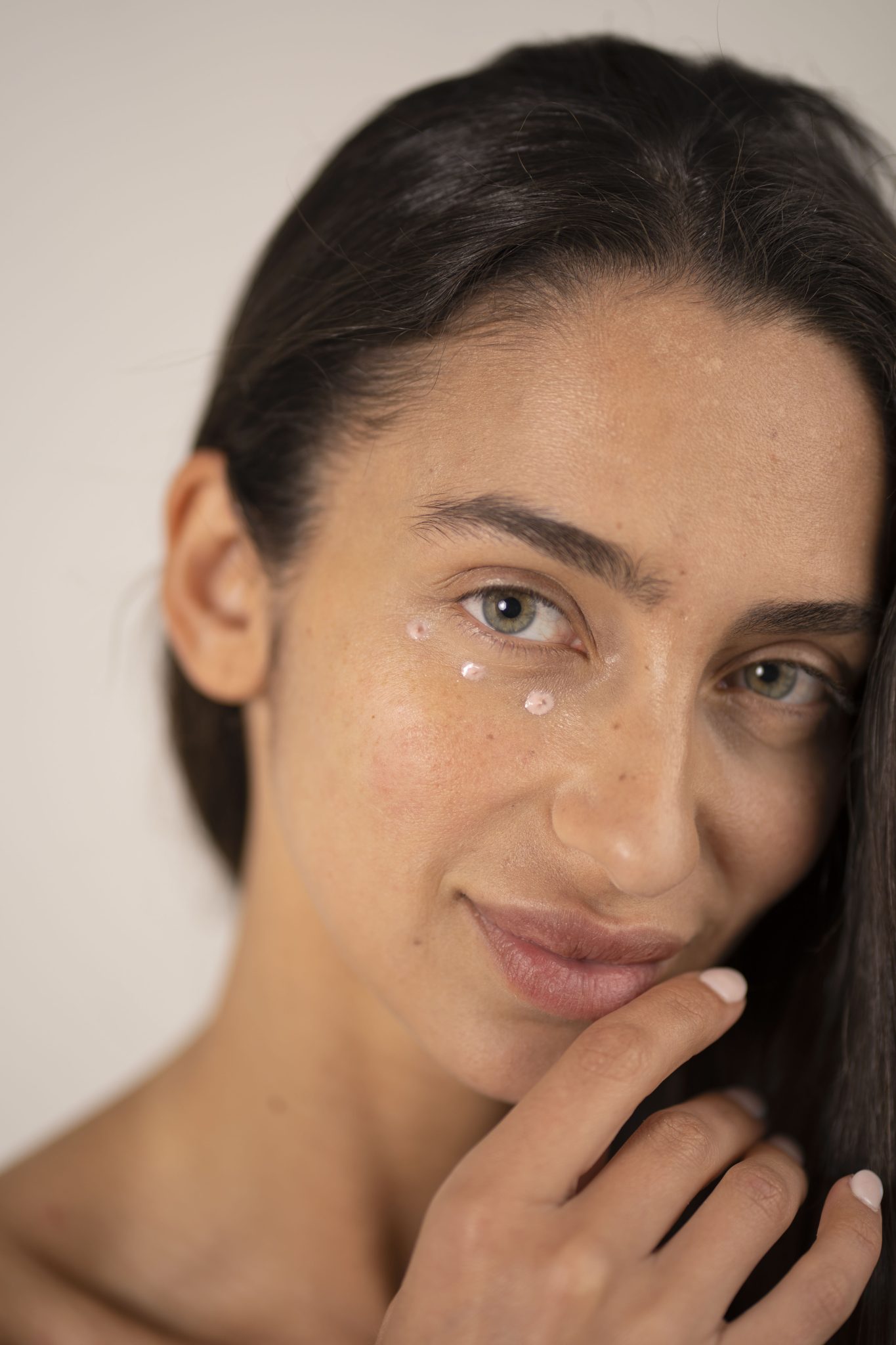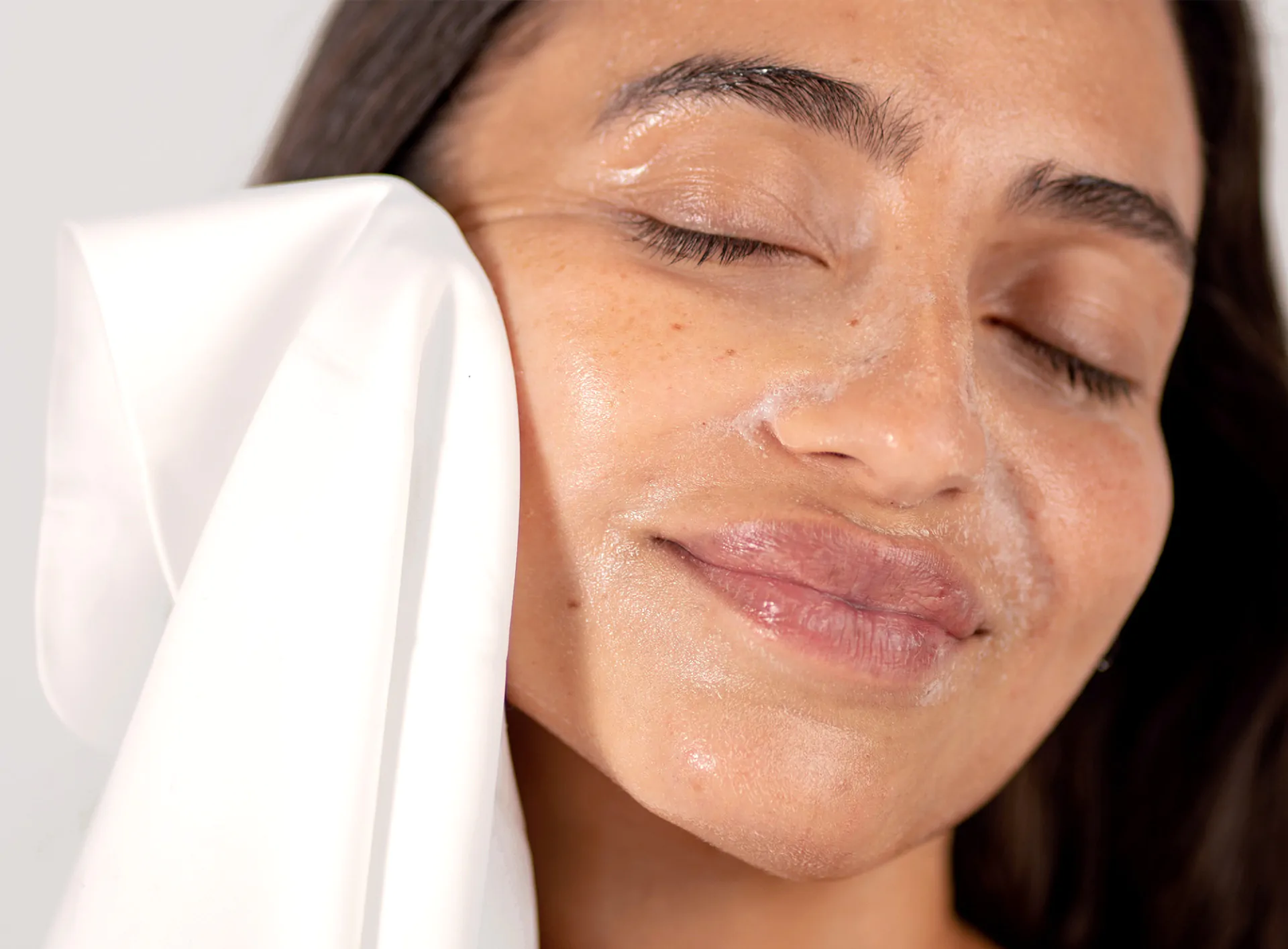The Ultimate Guide to Choosing the Best Sunscreen
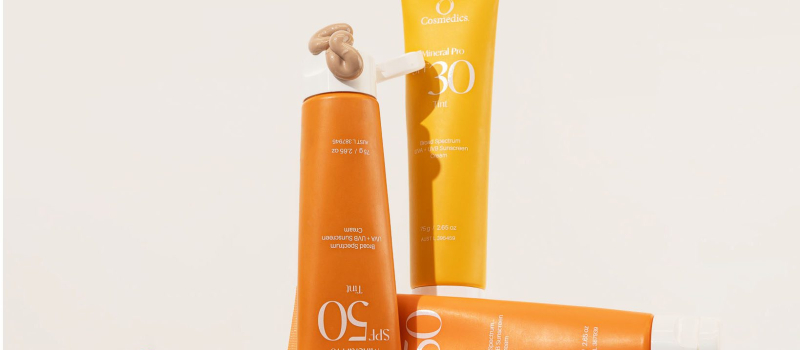
Choosing a face sunscreen seems like a super simple task. That is, until you get to the sunscreen aisle where you’re bombarded with rows of shelves and bucket loads of different brands and types of sunscreens or sunblock. Suddenly, you’re no longer just trying to choose a sunscreen; you’re just totally overwhelmed reading labels filled with words you don’t understand and, without a sample or tester, on a fast track to a game of trial and error.
Most of us know the nostalgic feeling of applying a sunscreen once upon a summer that you couldn’t stand the texture or smell of. To avoid ever experiencing that “sunscreen feeling” again, what tends to happen in future when we choose makeup or skincare creams is a default preference for products that contain a very low SPF factor or, worse case scenario, avoiding this life-saving step entirely.
In this article we will cover the multiple topics below to have you better understand the importance of sun protection and the difference between the types of sun protection so that you can choose the best sunscreen for you.
Why Should I Wear Sunscreen Everyday?
Incorporating sunscreen into your daily routine is a small step that offers many skin health benefits. Wearing sunscreen every day is important for several reasons:
- Protection from UV Rays: Sunscreen protects your skin from harmful ultraviolet (UV) rays. UVA rays can prematurely age your skin, causing wrinkles and age spots, while UVB rays can burn your skin. Both types of UV rays can cause skin cancer.
- Prevention of Skin Cancer: Daily use of sunscreen can significantly reduce your risk of developing skin cancers, including melanoma, which is one of the deadliest forms of skin cancer.
- Preventing Premature Aging: Applying body and face sunscreen helps prevent photoaging, which includes the development of fine lines, wrinkles, and age spots. The sun’s rays can accelerate the aging process, leading to more noticeable signs of aging.
- Maintaining Even Skin Tone: Regular use of face sunscreen helps prevent discoloration and dark spots caused by sun damage, leading to a more even and radiant skin tone. Wearing Sunscreen every day is an absolute non-negotiable when you’re using active skincare ingredients such as Retinol to prevent aging and Niacinamide for skin brightening.
- Year-Round Protection: UV rays are present year-round, not just during summer. Even on cloudy or rainy days, up to 80% of UV rays can penetrate your skin. Wearing sunscreen daily ensures consistent protection.
- Shields Skin from Increased Sensitivity: Sunscreen protects skin using active ingredients by shielding it from increased sensitivity to UV radiation, preventing sunburn, hyperpigmentation, and further damage.
- Protects Weakened and Damaged Skin Barrier: Sunscreen helps a damaged skin barrier by providing a protective layer that shields the skin from harmful UV rays, preventing further damage and allowing the skin to heal and repair itself.
- Avoiding Sunburn: Sunscreen can prevent sunburns, which are not only painful but also increase your risk of long-term skin damage and skin cancer.
What Is the Difference
Between Sunscreen and Sunblock?
Between Sunscreen and Sunblock?
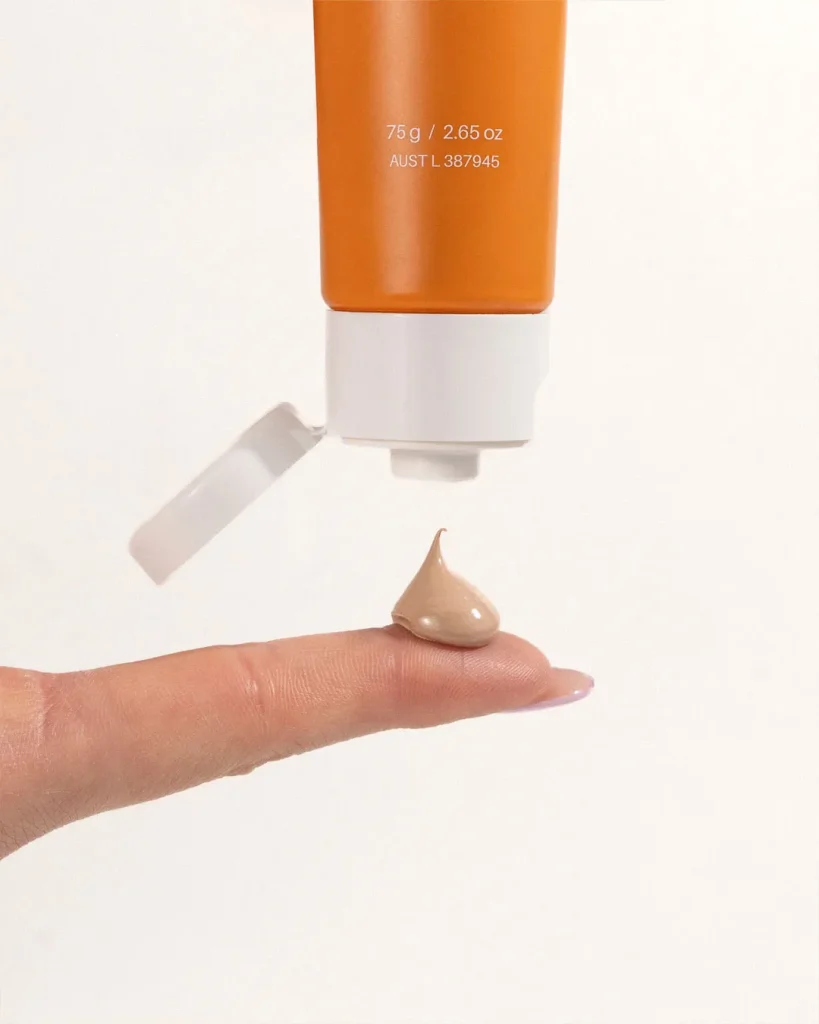
The difference between a sunscreen and a sunblock come down to the ingredients used for the Sun Protection Factor (SPF). The most important marker for a good body and face sunscreen or sunblock is broad spectrum protection, as this covers both UVA and UVB rays. Sunscreen can offer both UVA and UVB protection however, the ingredients and percentage used will determine whether your sunscreen is covering you with broad spectrum protection. Sunblock on the other hand offers both UVA and UVB broad spectrum protection.
Sunblock, true to its name, physically blocks harmful UV rays from penetrating the skin. It typically contains natural mineral ingredients like zinc oxide and titanium dioxide, which work by reflecting both UVA and UVB rays away from the skin’s surface. Unlike chemical sunscreens that absorb UV rays, mineral sunblocks act as a physical barrier.
Sunscreen vs. Sunblock: Spot the Difference
To tell the difference between a sunscreen and a sunblock, check the active ingredients listed on the label. Sunblock is usually thicker in texture, often white or tinted, and may leave a visible layer on the skin due to the minerals that form the protective shield. However, modern formulas now use micronized zinc and titanium dioxide to deliver lightweight, non-greasy coverage—giving a sheer, almost invisible finish while still providing instant UV protection upon application.
Whether you’re choosing a face sunscreen, face sunblock, or a formula for your body, it’s essential to pick one that offers broad spectrum protection against both UVA and UVB rays. No matter your preference, the best sunblock or sunscreen is one you’ll wear daily to protect your skin from sun damage.
What Are the Factors in
Choosing the Best Sunscreen for My Skin?
Choosing the Best Sunscreen for My Skin?
Your skin type and condition, as well as the amount of time you spend in the sun are the biggest factors to take into consideration when choosing the best sunscreen or sunblock for your skin.
If your skin is innately more sensitive or reactive it would be best to opt for a sunblock given the natural mineral ingredients; zinc oxide and titanium dioxide also offering anti-inflammatory and skin repairing benefits. Given the protective healing nature of the ingredients used in sunblock this is the best choice for those sensitive, inflamed, acne prone and oily skins, as well as those more conscious about the possible irritations and toxicity of some chemicals used in sunscreen. Thankfully with diverse formulations available now, gone are the days of thick zinc sunscreen sticks with many ranges offering light weight and cream-based sunblock to protect and nurture many different types of skin.
If you swim, spend time in the surf at the beach and a lot of time outdoors it will be important that you choose either a sunscreen or sunblock that is water resistant and regardless of SPF 30 or 50 that you are reapplying every 2 hours.
What is an SPF 50 Sunscreen?
-
-
- An SPF 50 sunscreen protects your skin against the damaging effects of ultraviolet radiation and the amount of UV it allows into the skin.
- It offers 98% protection against UV, allowing for 2% of UV to enter the skin. Whilst this may not seem like a lot, it is still a stronger protection.
-
The general rule of thumb is that SPF 50 will protect your skin from burning and damage for 50 times longer than it would usually take you to burn without any sun protection
Confusing right? Let us break it down a little further: If your skin takes 5 minutes to burn in direct sunlight without any SPF, then SPF 50 sunscreen would protect you for 250 minutes.
Now, you might look at those stats and think “oh well, SPF 50 it is!”. However, you must also remember that often those who use SPF 50 sunscreen feel somewhat bulletproof in the sun and can easily forget to reapply. Reapplying your sunscreen or sunblock is without a doubt the most effective way to prevent the damage that can occur from excessive UV exposure.
How Much Sunscreen Should I Be Using?
The Cancer Council Australia suggest that 5ml (one teaspoon) is required for each body part equating to a total of 35ml (approximately 7 teaspoons) for a full body application and each subsequent reapplication. That 5ml is for your face sunscreen (including neck and ears), each leg, each arm, front of body and back of body. Obviously, all bodies range in size and so this can be tricky to get an exact amount that suits everyone, however, a good guideline to follow and think about next time you’re applying your SPF.
How Do I Incorporate a Face Sunscreen in My Skincare Routine?
There are many formulations of skincare and makeup that include an SPF factor however, they generally contain very low amounts of the active ingredients that offer the broad-spectrum protection. For this reason, we recommend a standalone SPF to be applied directly over the top of your morning hydrator once it has absorbed.
O COSMEDICS Mineral Pro Range
The O COSMEDICS Mineral Pro SPF range offers 50 zinc sunscreen both in standalone formulations that are applied over the top of hydrators.
The SPF 50 zinc sunscreen contains 24.98% pure zinc oxide and comes in both a tinted and un-tinted medium weight, oil-based texture. The zinc particles in 50 are micronized and both formulations also contain Vitamin E and Kakadu Plum Extract for superior antioxidant protection and skin healing properties.
Finding the best sunscreen or sunblock for your skin, one that you enjoy wearing, that you will happily and consistently reapply every 1-2 hours and offers broad spectrum protection is the utmost important factor when choosing your SPF.
